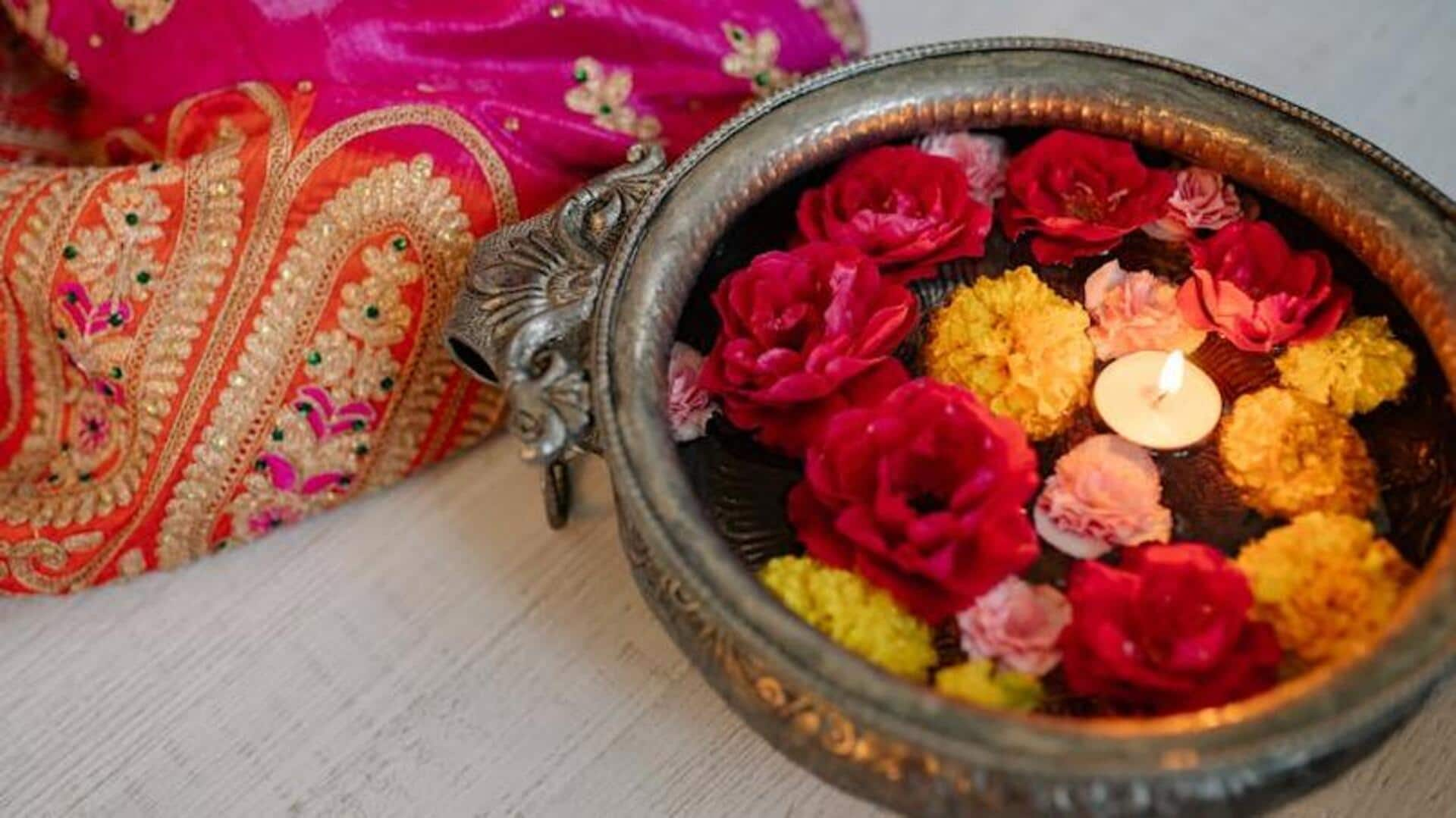
Exploring secret language of flowers in Indian and Japanese cultures
What's the story
Flowers aren't just pretty in Indian and Japanese cultures; they're packed with deep meanings. This article explores the beautiful flower language of these traditions, revealing how blossoms say "I love you," "I respect you," and so much more. From Japan's cherry blossoms to India's marigolds, every flower has a story to tell.
Sakura
Significance of cherry blossoms in Japan
Cherry blossoms, or sakura, hold profound cultural significance in Japan. Their fleeting bloom serves as a poignant symbol of life's impermanence. Every spring, Japan is captivated by hanami, the centuries-old tradition of flower viewing. Outdoor parties under the cherry blossom trees - it's a celebration of beauty, but also an acknowledgment of life's ephemerality.
Marigold
Marigolds: The auspicious flowers of India
In India, you can't imagine any auspicious occasion or festival without marigolds. These beautiful orange and yellow flowers are a staple in religious ceremonies and weddings. They symbolize the sun and its vibrant light in Indian culture, serving as a beacon to dispel negativity and usher in positivity. Their use during Diwali, the festival of lights, holds special significance as it symbolizes welcoming of prosperity and happiness.
Lotus
Lotus: A symbolic flower in both cultures
The lotus flower, capable of blooming amidst muddy waters, holds deep cultural and spiritual significance in both Indian and Japanese cultures. In India, it embodies purity and divine beauty, and is frequently depicted with gods such as Vishnu and goddesses like Lakshmi. In Japan, the lotus flower symbolizes enlightenment and rebirth within Buddhist traditions. Despite originating from muddy waters, it remains pristine - symbolizing an individual's transcendence above worldly desires.
Wisteria
Wisteria: A tale from Japanese folklore
Wisteria flowers, known for their ethereal beauty, hold deep symbolism in Japanese folklore. Blooming in cascades over gardens and temples from late spring to early summer, they symbolize love and support. This stems from the strength of their vines, which bear their weight as they reach for the sky, mirroring the support found in enduring love. This makes them a popular motif in weddings.
Festivals
Floral festivals: Celebrating petals across cultures
In Japan, the Fuji Matsuri celebrates the stunning wisteria tunnels at Ashikaga Flower Park. This festival attracts international visitors from late April to mid-May. In India, the Pushkar Camel Fair is a marigold extravaganza! These bright orange flowers adorn camels and streets, seamlessly integrating flora into the rich cultural tapestry. Both festivals emphasize the deep cultural connection we share with flowers, but in such unique ways!